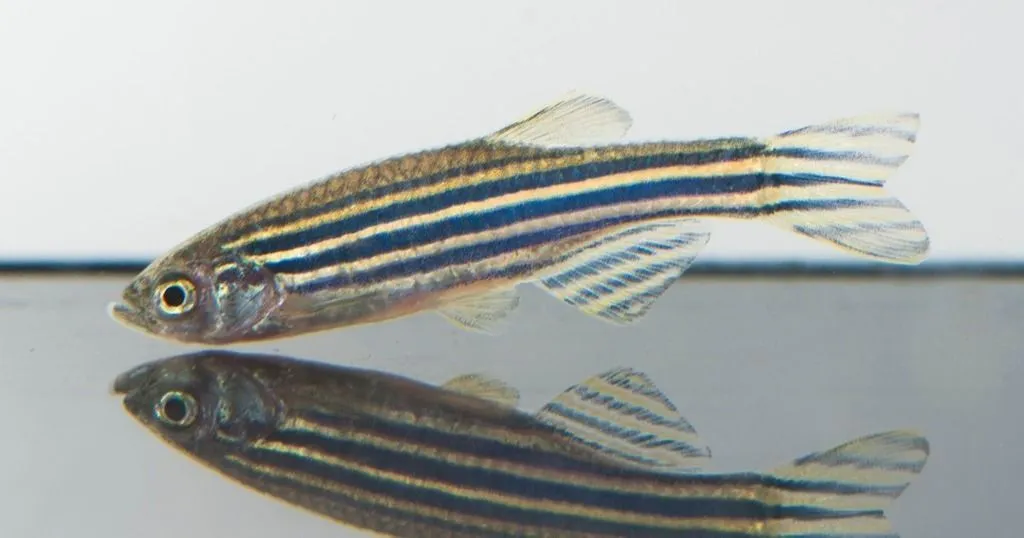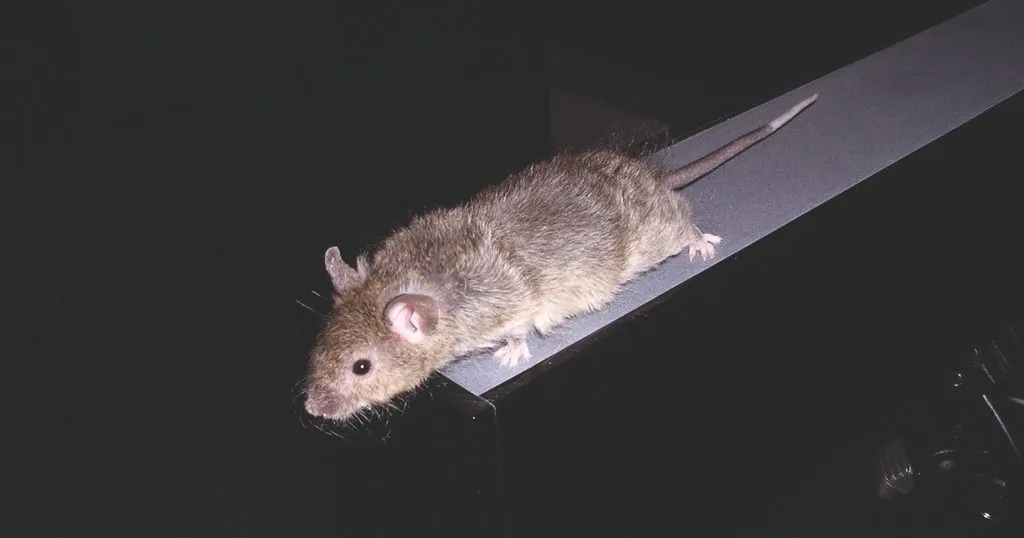Diving deeper: Obesity and Anxiety, a scientific perspective
It seems that there is a relationship between poor mental health and obesity. But the exact reasoning is far from clear. Animal experiments can shed light on the situation
Posted by
Published on
Tue 05 Sep. 2023
Topics
| Anxiety | Depression | Obesitas | Zebrafish | Rats | DanioScope | DanioVision | EthoVision XT |

It seems that there is a relationship between poor mental health and obesity. However, the relationship is far from clear. Does obesity damage mental health, perhaps through various hormonal and physiological mechanisms, or does poor mental health sometimes lead to lifestyle changes causing obesity (anxiety can cause an increase in appetite)? Perhaps it is a combination of the two.
This proposed relationship between anxiety and obesity makes one think: "Can we expect an even greater increase in obesity as a result of the anxiety caused by the Covid-19 pandemic? And which mental health issues are involved; is it predominantly depression or is it anxiety?" Both are common conditions (clinical anxiety disorder is experienced by almost 30% of people at some time during their life), with a variety of causes, making it hard to figure out what is exactly going on. In this blog we will explore a variety of studies that aim to explain the relation between anxiety and obesity.
Rodent experiments to gain insights
To tackle problems like this, correlations can sparks ideas, but for a deeper understanding conducting experiments is required. For instance, Xia and colleagues fed a long-term high fat diet to laboratory mice [1]. They then carried out a number of behavioral assays using EthoVision XT. Mice are nocturnal animals, active at night. So it was not so surprising that they found no significant differences between the behavior of the mice with different diets during the day (light).

However, when they carried out the same measurements at night (dark conditions) they did find significant effects. Which in itself is interesting because some laboratories carry out behavioral studies on nocturnal animals like mice and rats only in the daytime. Some laboratories reverse the day and night cycle of the lighting, so that the dark phase for the animals coincides with the light phase of the researchers. These significant effects not only indicate that it is likely a good idea to carry out behavioral measurements in the active phase of animals, but also that in this specific case it is likely that the day-night rhythm of the animals had been disrupted (a typical symptom of depression).
Testing anxiety in rodents
One common test of anxiety is the open field. This is simply an open area (in this case, 50 x 50 cm) where the animals can freely walk for a set amount of time. If an animal is anxious, it will tend to stay by the edge of the cage. Just like when you are in a large unfamiliar public square, you will tend to walk around the edge rather than across the exposed center. That is precisely what the animals on a high fat diet did; they felt more anxious.
Another test for anxiety is the elevated plus maze. That is a maze in the shape of a cross, with four arms of 30 x 5 cm (in this case). It is placed high above the floor. Two arms are enclosed in high walls, so the mice feel safe, and the other two are open, with no walls. If the mice are feeling anxious, they will not venture out into the open arms. Mice which had been on a high fat diet spent much less time in the open arms than the mice on a low fat diet (again, only in the night phase). In addition, a number of tests for depression (tail suspension test, forced swim test and the marble burying test) all showed that the mice which had eaten a high fat diet showed strong signs of depression.

Swimming towards clues: a Zebrafish approach
Medine Türkoğlu and her colleagues investigated the effect of high fat diet in zebrafish [2]. Zebrafish have a number of advantages over mice as model animals. For example, some varieties and the larvae are transparent. That means that it is possible to measure parameters such as heart rate and blood flow rate using DanioScope, which this group did in order to measure the effects of parental obesity on their offspring.
Türkoğlu and colleagues measured the behavior of both adult Zebrafish (in an aquarium, using EthoVision) and larvae (using DanioVision). The readouts for the adults have similarities to the tests carried out on mice. For fish, when they are anxious, they tend to move to the bottom of the tank and stay there (just like mice staying at the edge of an open field). Both can be seen as behaviors indicating anxiety related to possible predators. In addition, certain characteristics of their movement like sudden erratic movements and freezing behavior (without a stimulus causing them) also indicate anxiety.
Swimming patterns and diet
The experiments focused on comparing high fat with (HF) high carbohydrate (HC) diets. Both caused obesity in the fish. That was seen with not only an increase in body mass index (BMI), but also changes in gene expression (that is, which genes became active) related to fat metabolism. Also, the offspring of obese parents had significantly more fat in their bodies than the controls. From this study, the most striking result was that the different diets had a very strong effect on the anxious behavior of the fish.

The controls (which had a regular diet) swam all over the tank, more or less equally. The high fat (HF) diet fish showed anxious behavior (anxiogenic), staying at the bottom of the tank, and the high carbohydrate (HC) diet fish showed reduced anxiety (anxiolytic) behavior, staying in the top region of the tank. The differences in behavior were not seen in the next generation, although the offspring of parents on a high carb diet had less anxiety.
The researchers also carried out detailed measurements to determine the physiological and metabolic differences causing these behavioral effects. Those details are beyond the scope of this blog, but high fat diets do reduce cognition in zebrafish and oxidative stress (causing damage to the hypothalamus) is also a key factor.
However, translation to the human situation is not so straightforward. Zebrafish have some differences in their metabolism compared to humans. For instance, they are able to synthesize long-chain saturated fats from short-chain unsaturated fats. Nevertheless, the results do help us understand the mechanism behind the relationship between obesity and anxiety and also give pointers to the causes of childhood obesity.
References
1. Xia, G.; Han, Y.; Meng, F.; He, Y.; Srisai, D.; Farias, M.; Dang, M.; Palmiter, R.D.; Xu, Y.; Wu, Q. Reciprocal Control of Obesity and Anxiety–Depressive Disorder via a GABA and Serotonin Neural Circuit. Mol. Psychiatry 2021, 26, 2837–2853, https://doi.org/10.1038/s41380-021-01053-w
2. Türkoğlu, M.; Baran, A.; Sulukan, E.; Ghosigharehagaji, A.; Yildirim, S.; Ceyhun, H.A.; Bolat, İ.; Arslan, M.; Ceyhun, S.B. The Potential Effect Mechanism of High-Fat and High-Carbohydrate Diet-Induced Obesity on Anxiety and Offspring of Zebrafish. Eat. Weight Disord. - Stud. Anorex. Bulim. Obes. 2022, 27, 163–177, doi:10.1007/s40519-021-01140-5.
Acknowledgements
Thanks to Saltuk Buğrahan Ceyhun for giving permission to use the picture of the heatmap. The obese mouse in the header is from Wikipedia.
Related Posts

Left on read - how social rejection rewires the teenage brain

Animal research assists in understanding fentanyl withdrawal symptoms

